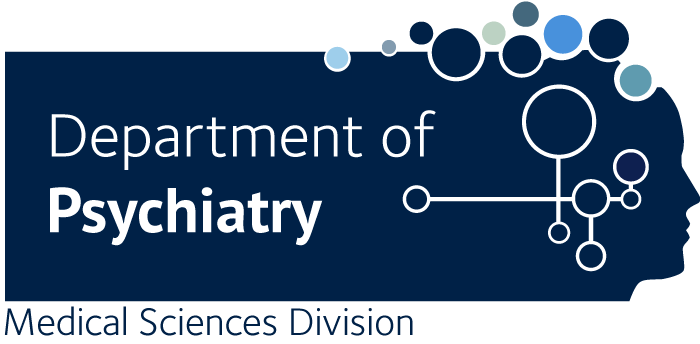An evolutionary timeline of the oxytocin signaling pathway.
Sartorius AM., Rokicki J., Birkeland S., Bettella F., Barth C., de Lange A-MG., Haram M., Shadrin A., Winterton A., Steen NE., Schwarz E., Stein DJ., Andreassen OA., van der Meer D., Westlye LT., Theofanopoulou C., Quintana DS.
Oxytocin is a neuropeptide associated with both psychological and somatic processes like parturition and social bonding. Although oxytocin homologs have been identified in many species, the evolutionary timeline of the entire oxytocin signaling gene pathway has yet to be described. Using protein sequence similarity searches, microsynteny, and phylostratigraphy, we assigned the genes supporting the oxytocin pathway to different phylostrata based on when we found they likely arose in evolution. We show that the majority (64%) of genes in the pathway are 'modern'. Most of the modern genes evolved around the emergence of vertebrates or jawed vertebrates (540 - 530 million years ago, 'mya'), including OXTR, OXT and CD38. Of those, 45% were under positive selection at some point during vertebrate evolution. We also found that 18% of the genes in the oxytocin pathway are 'ancient', meaning their emergence dates back to cellular organisms and opisthokonta (3500-1100 mya). The remaining genes (18%) that evolved after ancient and before modern genes were classified as 'medium-aged'. Functional analyses revealed that, in humans, medium-aged oxytocin pathway genes are highly expressed in contractile organs, while modern genes in the oxytocin pathway are primarily expressed in the brain and muscle tissue.

